ROUEN
The capital of Normandy and the fifth-largest port in France, Rouen is a hub of commerce. The city has a current population of 500,000. An hour from our farmhouse in Basse-Normandie , we drove to the city,spent the night here so that we could be 45 minutes from Giverney to visit Claude Monet's home. Former occupants include the writers Pierre Corneille and Gustave Flaubert, Claude Monet - who endlessly painted Rouen Cathedrale de Notre-Dame, and Joan of Arc...("Oh, Rouen, art thou then my final resting place?").
Victor Hugo called Rouen "the city of a hundred spires". Half of it was destroyed during WWII, mostly by Allied bombers, and many Rouennais were killed. During the reconstruction of the old quarters, some of the almost-forgotten crafts of the Middle Ages were revived. William the Conqueror died here in 1087, and Joan of Arc was burned at the stake on the place du Vieux-Marche in 1431.
Cathedrale Notre-Dame de Rouen.
Monet immortalized Rouen's cathedral (particularly the facade, with its galaxy of statues) in his paintings. The main door, Porte Central is embellished with sculptures depicting the Tree of Jesus. Consecrated in 1063, the cathedral, a symphony of lacy stonework was reconstructed after suffering damage in WWII.
The Tour de Buerre was financed by the faithful who were willing to pay for the privilege of eating butter during Lent ( I would have contributed).The Tour Lanterne built in 1877 and using 740 tons of iron and bronze - rises to almost 492 feet.
Behind the cathedral is the Palais de l'Archeveche (Archbishop's Palace), which was bombed in the war. Now it stands naked against the sky. The broken arches and rosette windows witnessed the trial of Joan of Arc in 1431, and her rehabilitation was proclaimed here in 1456.
Musee des Beaux-Arts.
This is one of France's most important provincial museums with more than 65 rooms of art that ranges from medieval primitives to contemporary paintings. Works by Gerard David (1460 - 1523) a Bruges artist. His most important work "The Virgin Among the Virgins" 1509 is here. His self portrait is in the top left corner.
Theodore Gericault (1791 - 1824) born in Rouen who was considered one of the pioneers of the Romantic movement. He stayed at Versailles, because his parents disapproved of his painting, and he painted in the stables. He became known for his anatomy and action of horses.
Joan of Arc (1412 - 1431)
"Maid of Orleans". She claimed Divine guidance during the 100 Years'Wars and led the French army to important victories. She was captured by the Burgundians, transferred to the English and was tried for "insubordination and heterodoxy". She was burned at the stake in Rouen when she was 19 years old by Pierre Cauchon. Pope Callixtus III, 25 years later proclaimed her innocence, declared her a martyr and she was beautified in 1909, and canonized in 1920.
GIVERNY - CLAUDE MONET
On the border between Normandy and the Ile de France, the Claude Monet Foundation preserves the estate where the great painter lived for 43 years. We visited the restored house and the magnificant gardens.
Monet, born in 1840, was best known during the French Impressionist period where he excelled in presenting the effects of light at different times of the day. Some say he "invented light". His paintings of the Rouen cathedral and of water lilies, are just a few of his masterpieces. He came to Giverny in 1883. Clemenceau,Cezanne,Rodin, Renoir, Degas and Sisley visited frequently. When Monet died in 1926 his son inherited the house but left it abandoned. The gardens became a jungle inhabited by river rats. When Michel (Monet's son) died in 1966 he left the house and gardens to the Academie des Beaux-Arts. in 1977, Gerald van der Kemp, who restored Versailles, worked on Giverny. Several US benefactors, notably Lila Wallace, former head of "Reader's Digest", restored the home and gardens. The garden is magnificant, and is far more interesting than the house. From Monet's bedroom, there is a stunning view of the garden.
The Giverny Impressionism Museum
Opened in 2009, the museum hosts a variety of exibitions throughout the year. Funded by Americans, the current exhibit is "From Delacroix to Signac" 100 drawings by Delacroix,Buillard,Signac and Bonnard from 1830 - 1930. The period traces the Nabis and neo-Impressionists periods during this time.
CHATEAU DE BIZY
A small detour on the way home, we noticed a beautiful chateau from the highway. The Chateau was an 18th century chateau built in the granduer of Versailles in a magnificant park. It was built by France's last King and the Albufera family - Napolian's brother. His daughter, Princess de Lamballe married at 16 to Louis XIV's son. She immediately went to court and became Marie Antoinette's best friend and confidante. During the "Reign of Terror" she was captured and beheaded. Her head was placed on a pike, and was paraded in front of Marie Antoinette. She was 19 at the time, and her father never recovered from her death. Today, the last of the Albufera still resides at the Chateau. The family is one of the wealthiest in France today.
FOUGERES
The small medieval town of Fougeres is on the border of Normandy and Brittany. The castle began construction in 1166, and as it is known today was completed in 1397. It has the oldest belfry in France and is considered the best preserved fortified castle in Europe. Hugo,Balzac and Chateaubriand have graced Fougeres and written about the castle. It has 13 towers and the adjoining garden and grounds are magnificant.
St Leonard Church is on top of the hill. It was constructed in the 15th and 16th century, and the windows are 12century and represent the life of St. Benedict.


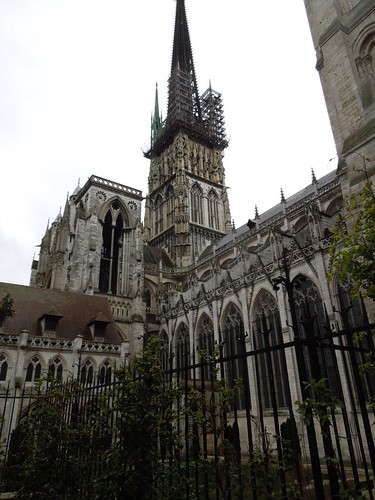

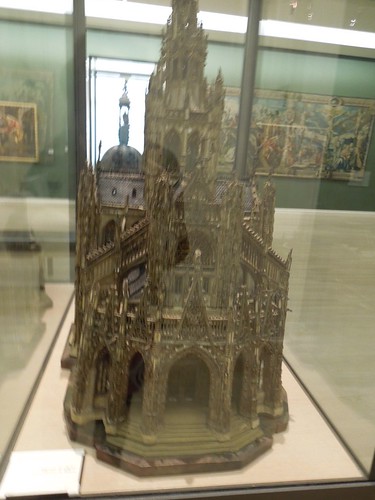











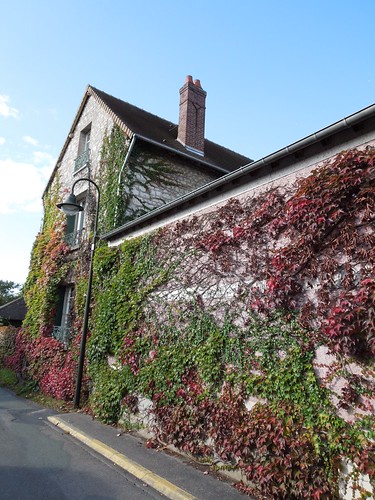




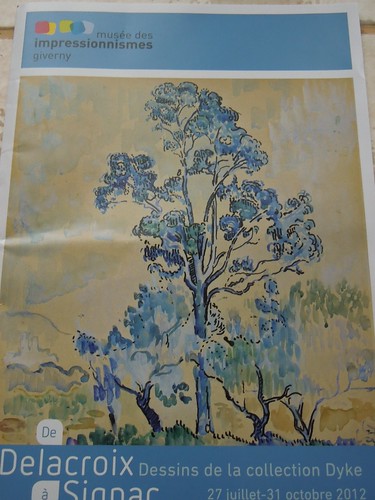


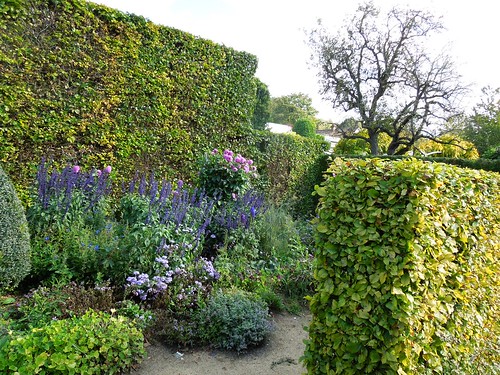

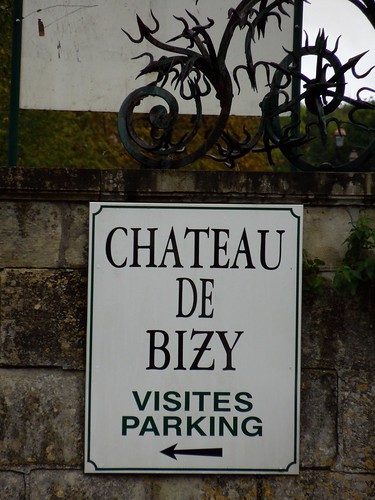






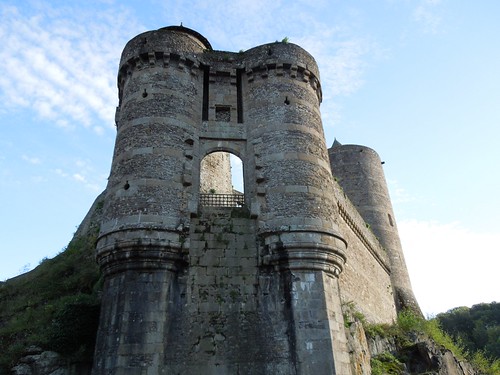


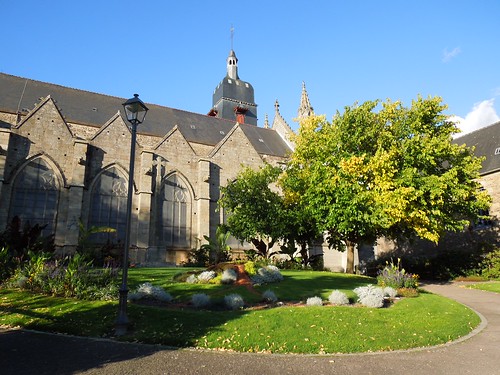
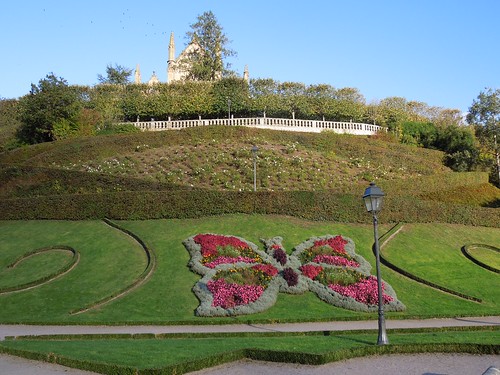


No comments:
Post a Comment